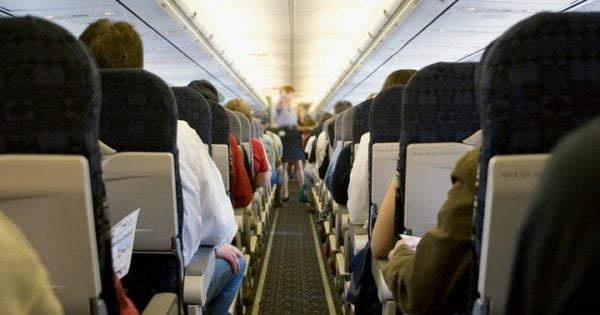Skyscanner Australia has interviewed an anonymous female airline pilot who has been flying the skies on large passenger aircraft on domestic flights and international flights for nine years. Here are her insights on life as a pilot.
So you’ve booked your cheap flights and the best hotels for your budget and you are ready for your holiday. But what about the people in the nose of the plane? What’s life like for them?
How do people become pilots?
Typically there are two ways. You either go through a military-style training route, with the army or air force, and then transfer those skills to the civilian world, or you do it privately. Some people complete an instructor rating course and stay on in a flying school to get their flying hours up and get exposure to different aircraft. Alternatively, they get out to rural areas like the Northern Territory and work their way up from light aircraft with a single propeller to twin-engine planes.
How many hours of flying do you need to join a major airline?
The minimum requirement is 1,000 hours, with 500 hours of that as a pilot in command in a multi-engine plane. But some airlines also offer staggered training where they can bring you up to the minimum hours they need.
What are the pros and cons of being a pilot?
For me, a huge thing is the people I work with, the cabin crew and other pilots. Shift work has its ups and downs. It’s nice to have three or four days off in a row, but sometimes you might get up at four am, or you finish at one am. We do get staff travel rates or industry rates on flights, hotels, car hire and at some theme parks too.
What about ongoing training?
On the 737 fleet within Australia, we have two training sessions a year in a simulator. If you fly long haul you have to do fewer takeoffs and landings, so we have an extra two training sessions a year practising taking off and landing and other manoeuvres.



Top Comments
My husband is an airline Captain and I have a close female friend who is also an airline Captain. One thing this article didn’t touch on is the toll it takes on family and children. Both my husband and my friend spend so much time away that birthdays, Christmas and other holidays just don’t mean anything when they’re not there. It breaks my heart every time my children ask when their Dad will be home. It is also a huge responsibility on the Captain. My husband can not afford to go to work unrested or stressed. A lot of their down time at home before and after flights is spent preparing for the next flight and sleeping.